Construction Of Walks And Drives. Part 3
Description
This section is from the book "Practical Landscape Gardening", by Robert B. Cridland. Also available from Amazon: Practical Landscape Gardening.
Construction Of Walks And Drives. Part 3
Brick Walks
The brick walk, properly laid, is pleasing to the eye and makes a good contrast with the turf. It does not lend itself well to curved lines and so should be used only where straight lines predominate.
Bricks may be laid on either a cinder or a concrete base. A cinder base should consist of six inches of clean cinders with one inch of bar sand as a cushion. The concrete base, which is more expensive, should consist of five inches of concrete with a one inch sand cushion. A concrete base preserves a true alignment and prevents upheavals. A brick walk should always have a curb of bricks laid on edge or end.
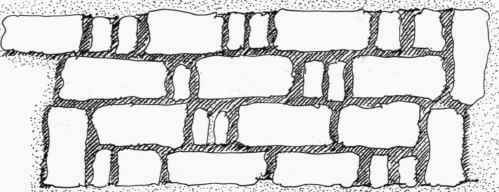
Fig. 45. - Walk of broken flagstones laid with wide mortar joint. - See page 49.

A SLATE WALK.
Fig. 46. - Slate makes a pleasing walk, coming as it does in various shades, some slates being beautifully marked with rich brown splashes. - See page 49.

Fig. 47. - If a brick walk is six feet wide or more a border such as shown here makes an attractive finish. - See page 51 .
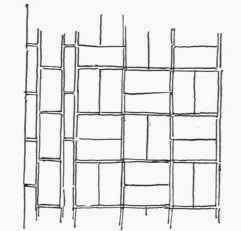
Fig. 48. - A good treatment for brick walks less than six feet wide. - See page 51.
Figs. 47, 48, 49, 50 and 51 show various designs for brick walks.
The old diagonal fashion (Fig. 52) gives an atmosphere of Colonial times and will probably continue to be looked upon with favor by those who contemplate the construction of garden walks. This design in particular does not lend itself well to curved lines, so its use is limited to positions where straight lines predominate.
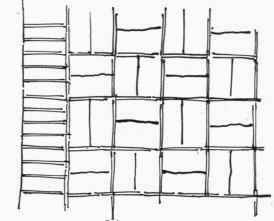
Fig. 49. - An attractive border of brick laid on edge the full width. See page 51.
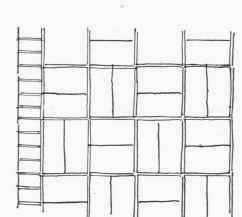
Fig. 50. - Basket pattern. Half bricks on edge for a border. - See page 51.
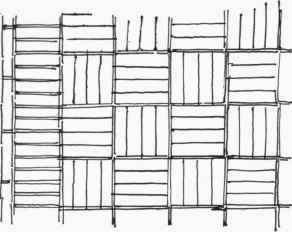
Fig. 51. - The basket pattern of bricks on edge is not so pleasing, as it shows too many mortar lines. - See page 53.

Fig. 52. - The old-fashioned diagonal or herringbone pattern in bricks or tile. Good where straight lines predominate. - See pages 51 and 53.
When the bricks are laid in place the joints should be filled with bar sand or grouted and pointed with cement mortar. The mortar joints are expensive but more lasting than the sand and prevent weeds or grass from growing in the interstices.
The texture of brick walks may be greatly improved by applying an occasional coating of boiled linseed oil.
Continue to:


